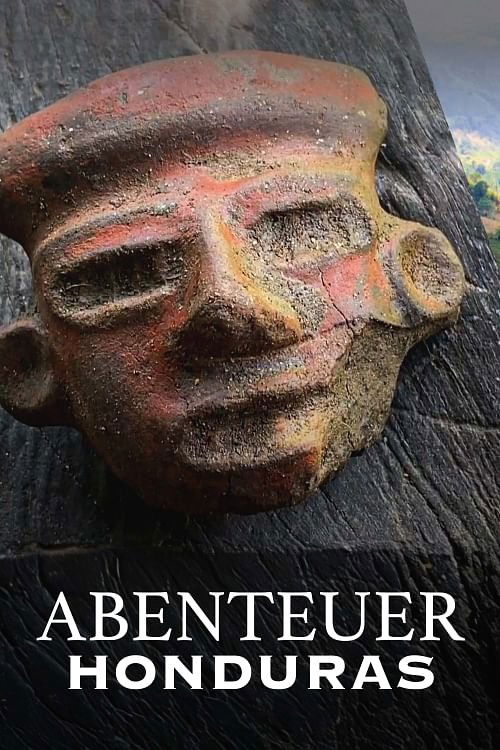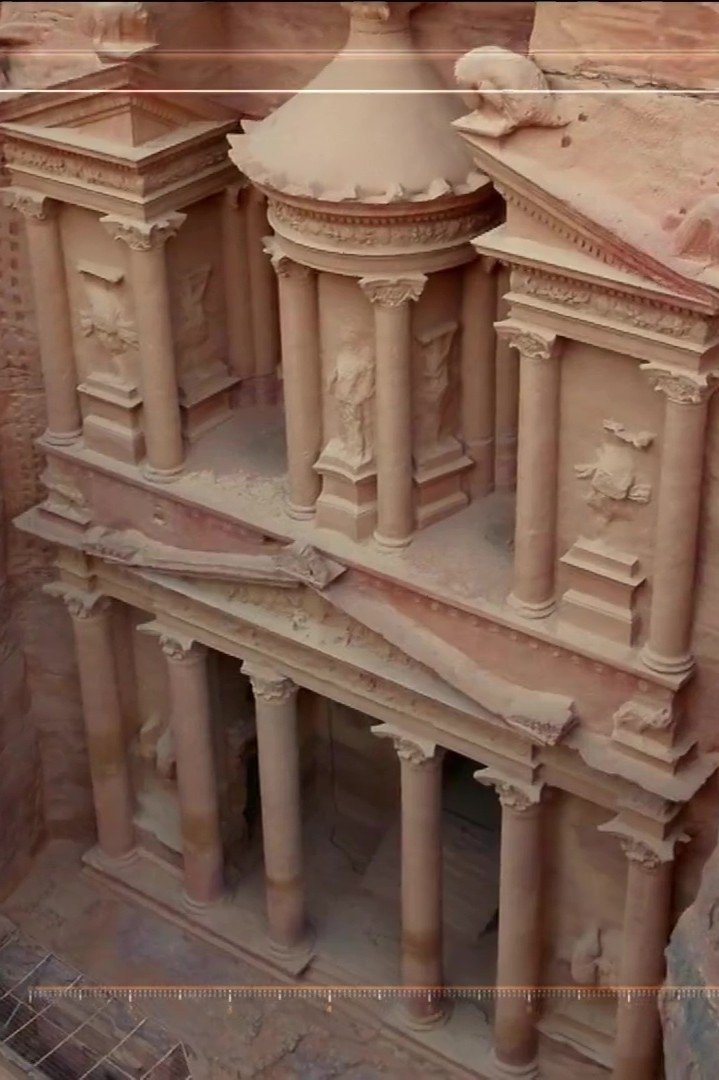Millennial Peru: The Unexplored History (2014)
• July 13th, 2014 • 0h 53min
Documentary
Overview
In the Formative Period 4,000 years before the Incas and the arrival of the Conquistadors, Peru’s earliest civilizations - the Chavín, Caral, Ventarrón, Sechin, Cupisnique, and Cajamarca cultures - built centers of learning and technological achievements, including the largest work of hydrological engineering in the ancient Americas: the Cumbemayo canals.
Make sure to check your pop-up blocker!!
Trailer
Similar Movies

Tutankhamun: The Truth Uncovered
Released on: 2014-10-26
Documentary, History, Mystery
What killed King Tutankhamun? Ever since his spectacular tomb was discovered, the boy king has been ...

The Vinland Mystery
Released on: 1984-01-01
Documentary
This short documentary depicts the search, discovery and authentication of the only known Norse sett...

Piripkura
Released on: 2018-03-01
Documentary
The last two surviving members of the Piripkura people, a nomadic tribe in the Mato Grosso region of...

Corporate Accountability
Released on: 2020-02-21
Documentary
Images of Argentinian companies and factories in the first light of day, seen from the inside of a c...
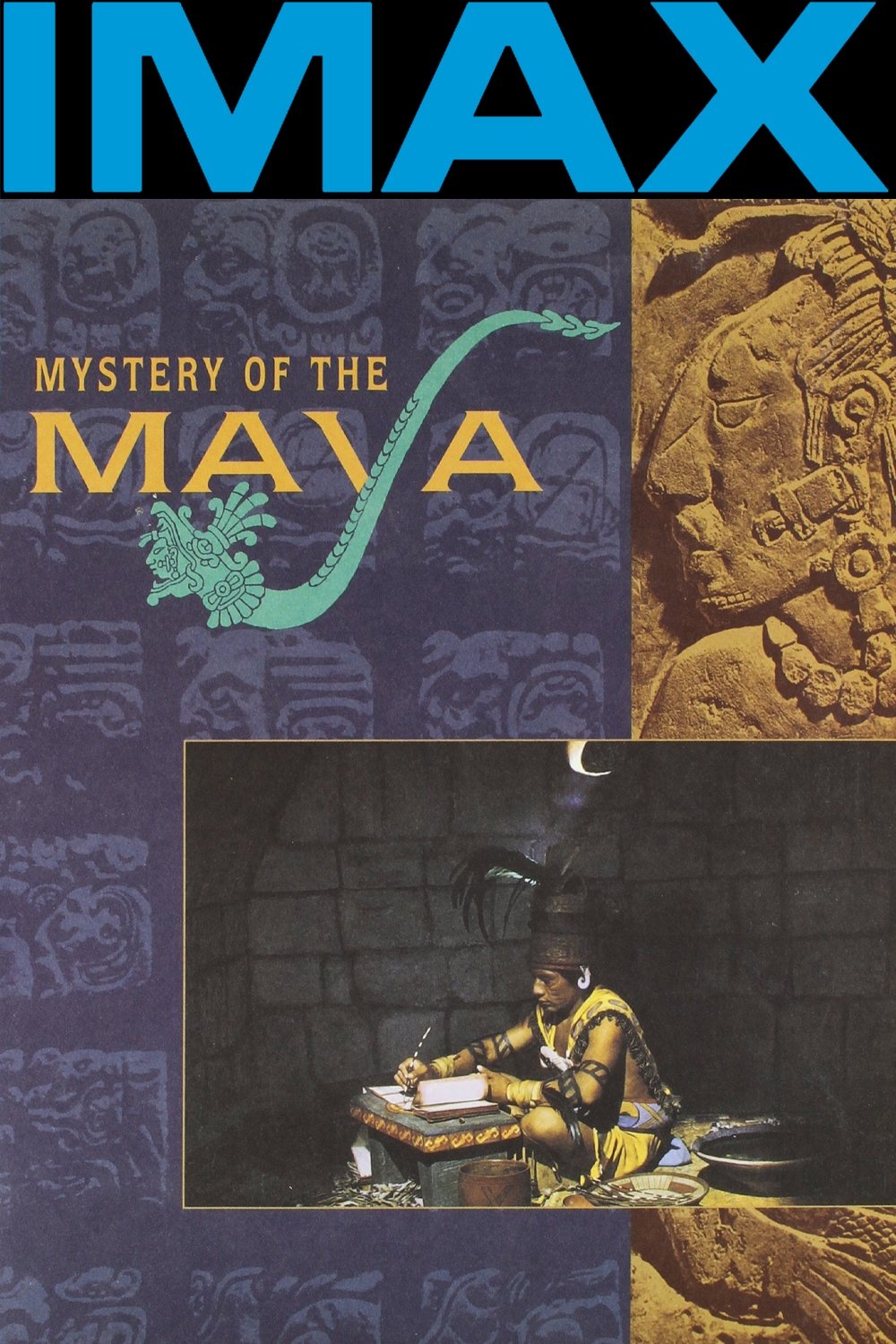
Mystery of the Maya
Released on: 1995-01-01
Documentary, History
Filmed in IMAX, a young Mayan boy who lives close to the ruins becomes acquainted with an archaeolog...

Cartoneras
Released on: 2018-11-29
Documentary
Cartoneras is a documentary that grapples with Latin America’s urban realities, and the cardboard pu...
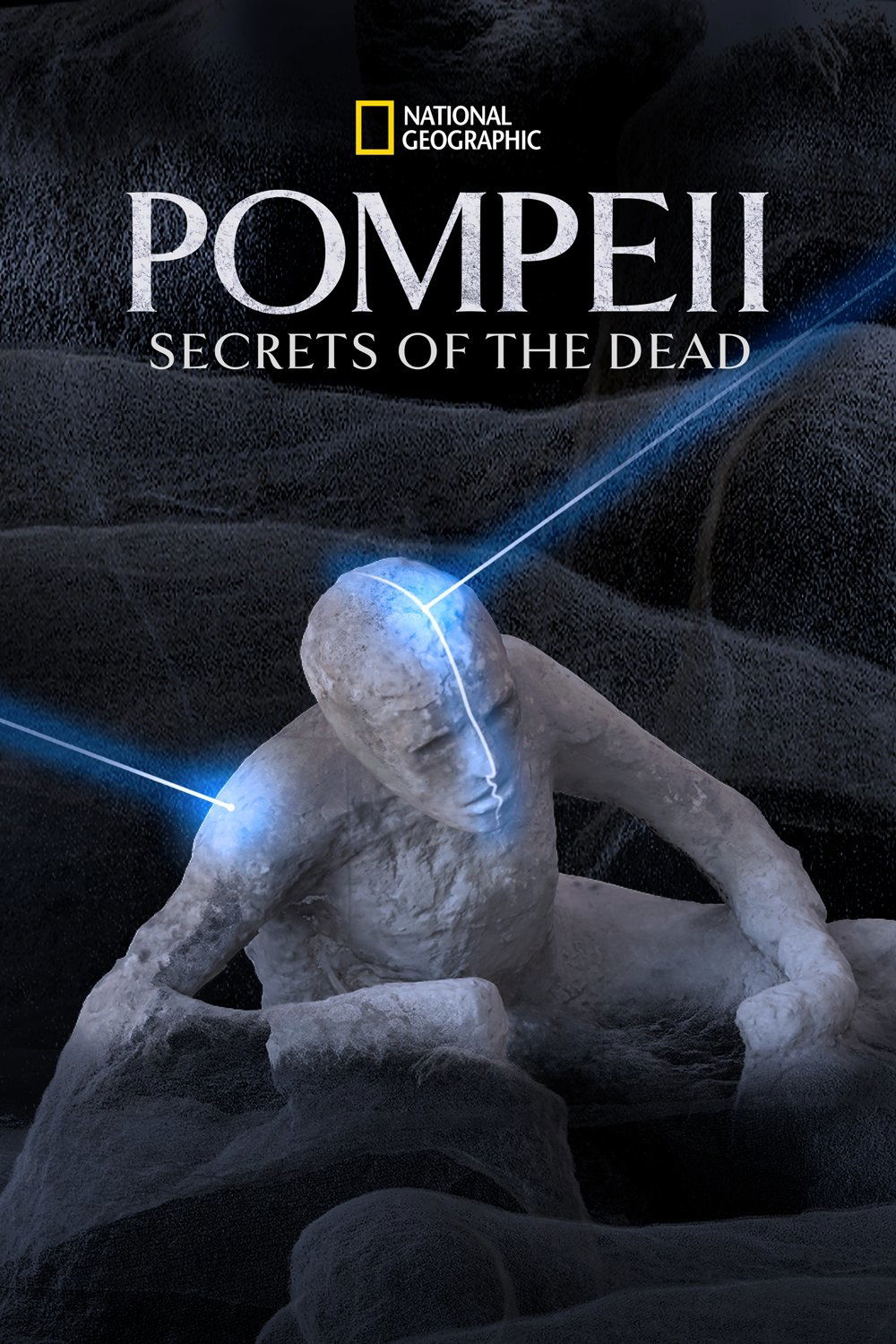
Pompeii: Secrets of the Dead
Released on: 2019-11-24
Documentary
Forensic experts scan Pompeii’s victims to investigate why they didn’t escape the eruption.

Stone and bag
Released on: 2024-11-16
Documentary
The film delves into the work processes of an archaeological team from the Aranzadi Science Society ...

Saludos Amigos
Released on: 1942-08-24
Animation, Adventure, Music, Documentary
A whimsical blend of live action and animation, "Saludos Amigos" is a colorful kaleidoscope of art, ...

Caligula with Mary Beard
Released on: 2013-07-29
Documentary, History
What is true and what is false in the hideous stories spread about the controversial figure of the R...
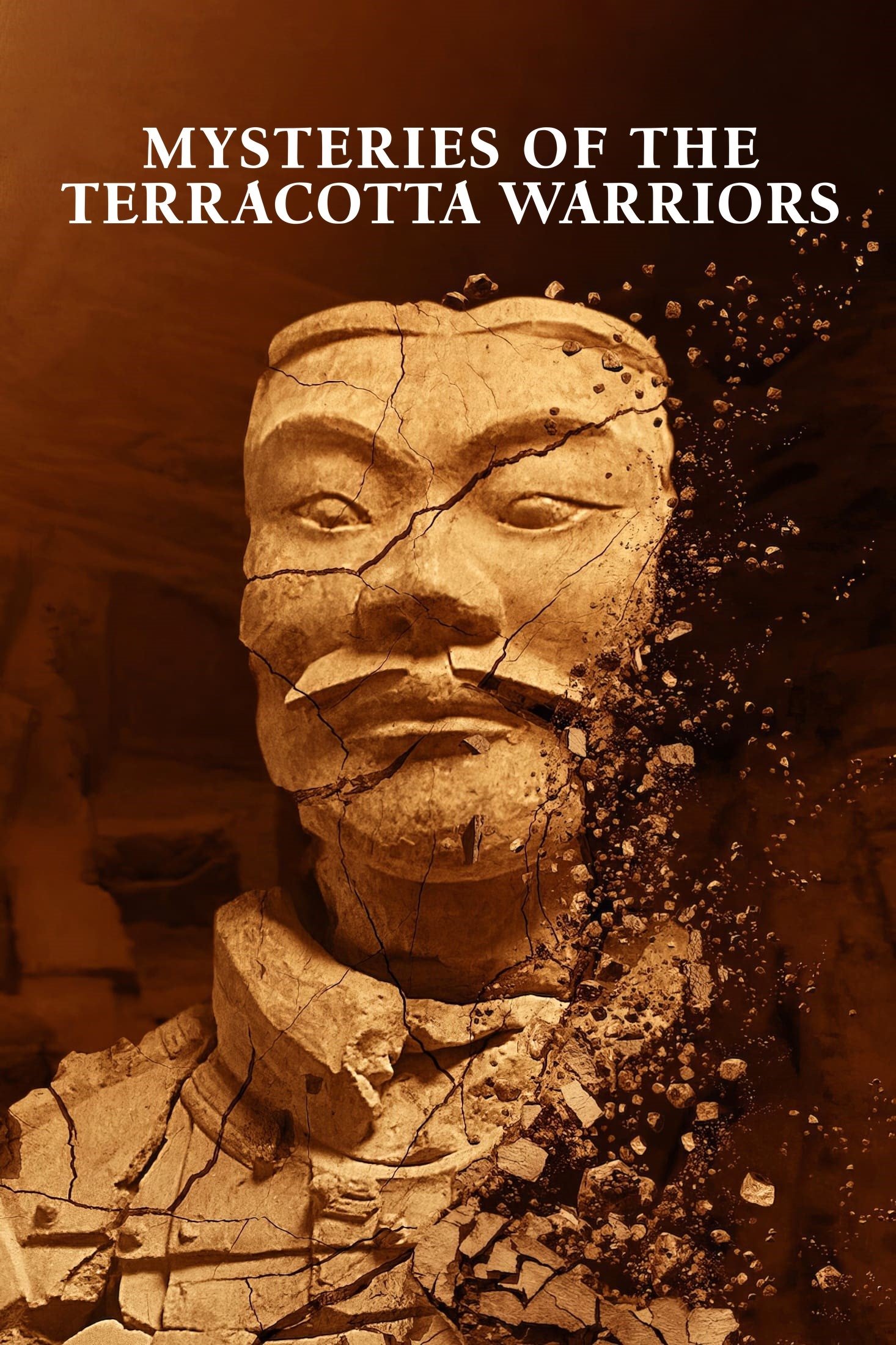
Mysteries of the Terracotta Warriors
Released on: 2024-06-11
Documentary
Thousands of terracotta warriors guarded the first Chinese emperor's tomb. This is their story, told...
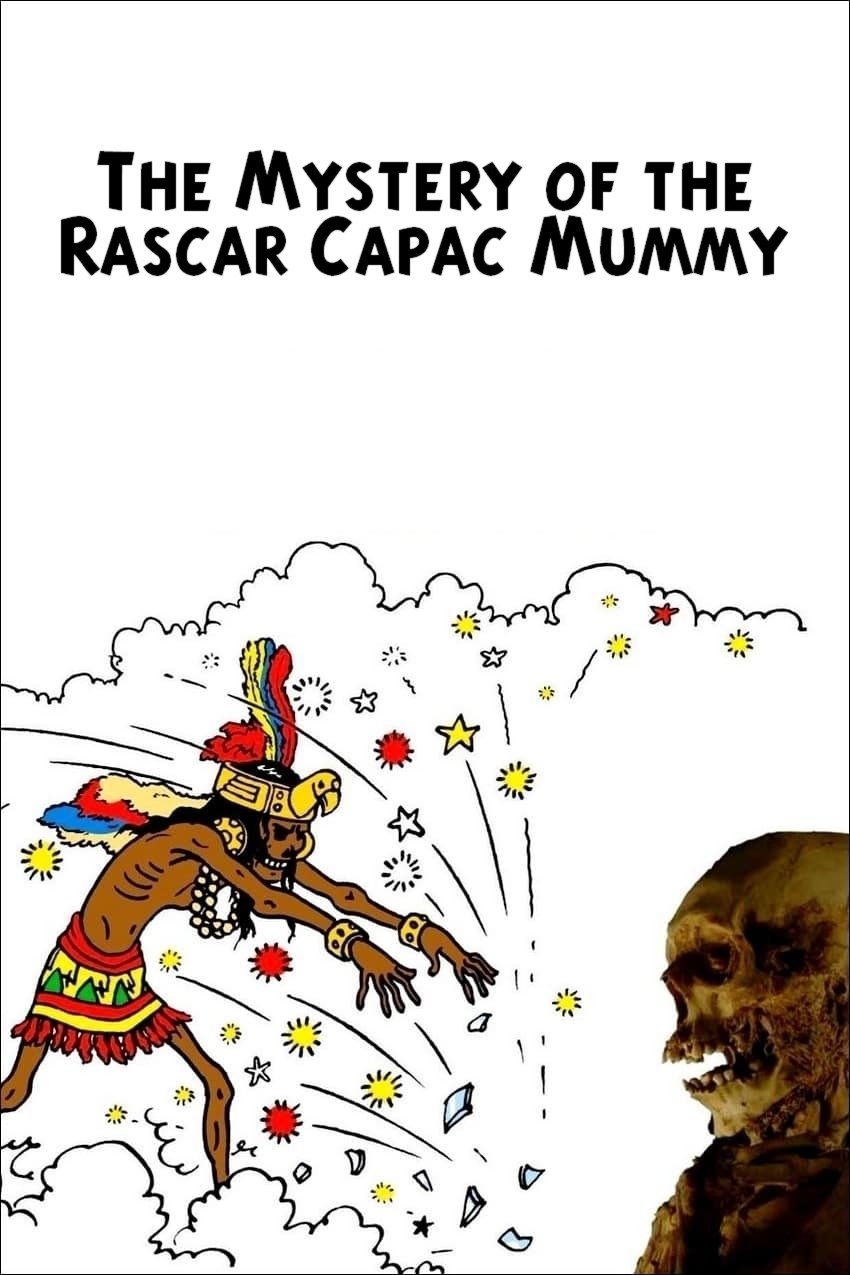
The Mystery of the Rascar Capac Mummy
Released on: 2019-12-14
Documentary, History, TV Movie
Rascar Capac, the sinister creature featured on Hergé's album The Seven Crystal Balls (1948), has le...
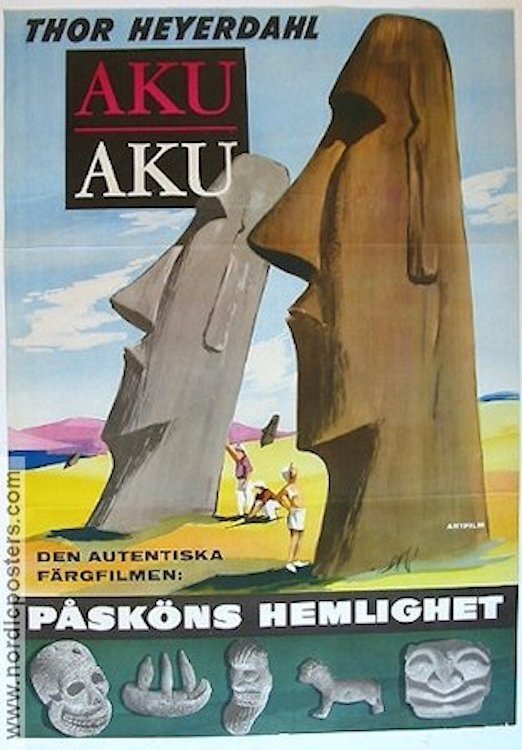
Aku-Aku
Released on: 1960-01-22
Documentary
Documentary following the 1955–1956 Norwegian Archaeological Expedition's investigations of Polynesi...

The First Emperor of China
Released on: 1989-01-01
Drama, History, Documentary
This historical drama tells the story of Qin Shihuang, who unified China's vast territory and declar...

Skryté dějiny
Released on: 1950-12-31
Documentary, History
A documentary about archaeology, which, based on traces and finds hidden underground, creates a pict...

Viking Warrior Women
Released on: 2019-06-07
Documentary, History
Drama-led documentary following the life of Signe, an orphaned Chief's daughter, who, driven by reve...

Mont Saint-Michel: The Enigmatic Labyrinth
Released on: 2017-12-24
Documentary, History
Over the centuries, Mont Saint-Michel, an extraordinary island located in the delta of the Couesnon ...
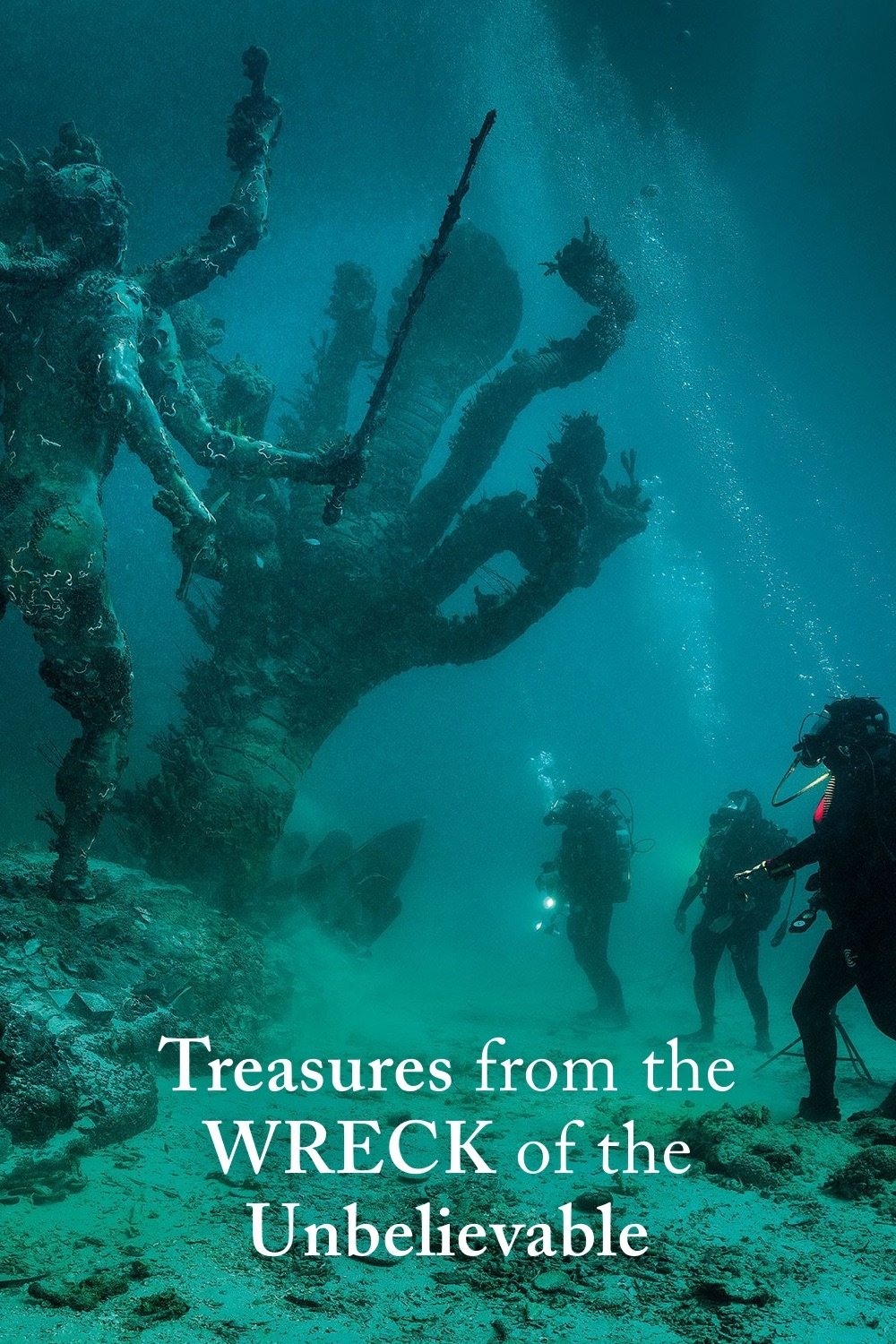
Treasures from the Wreck of the Unbelievable
Released on: 2017-04-16
Documentary
This cinematic journey into the waters off East Africa chronicles the story behind artist Damien Hir...
